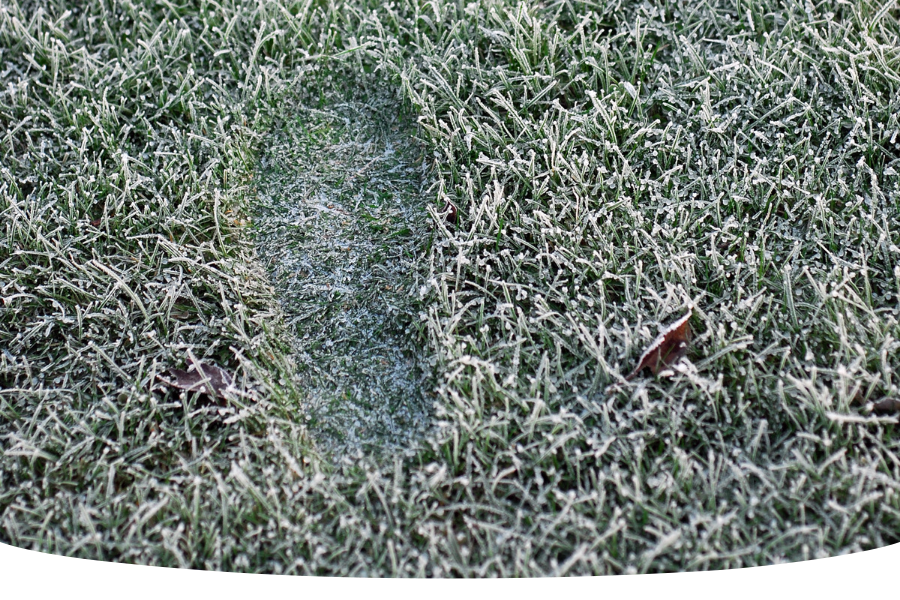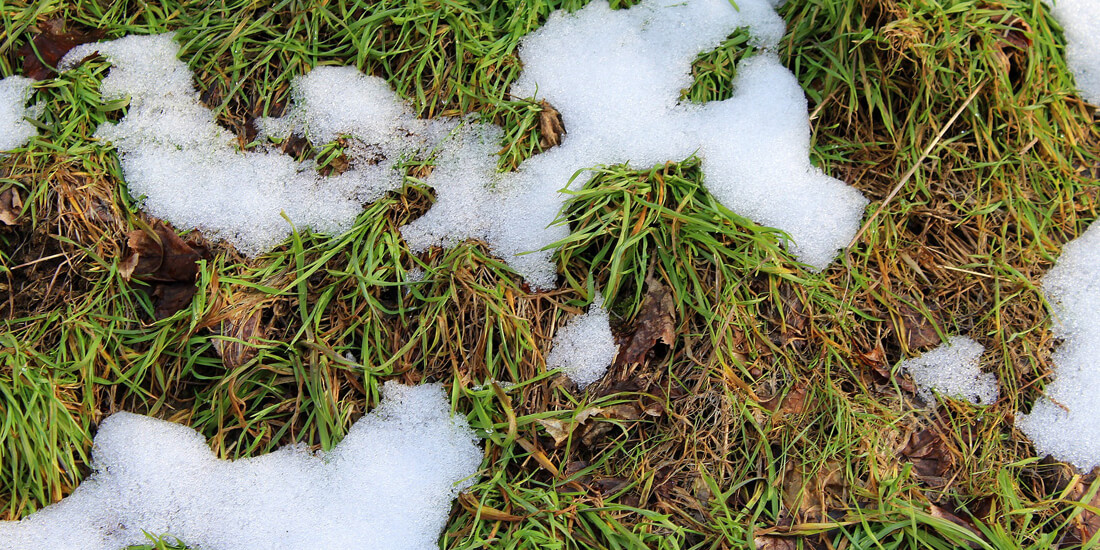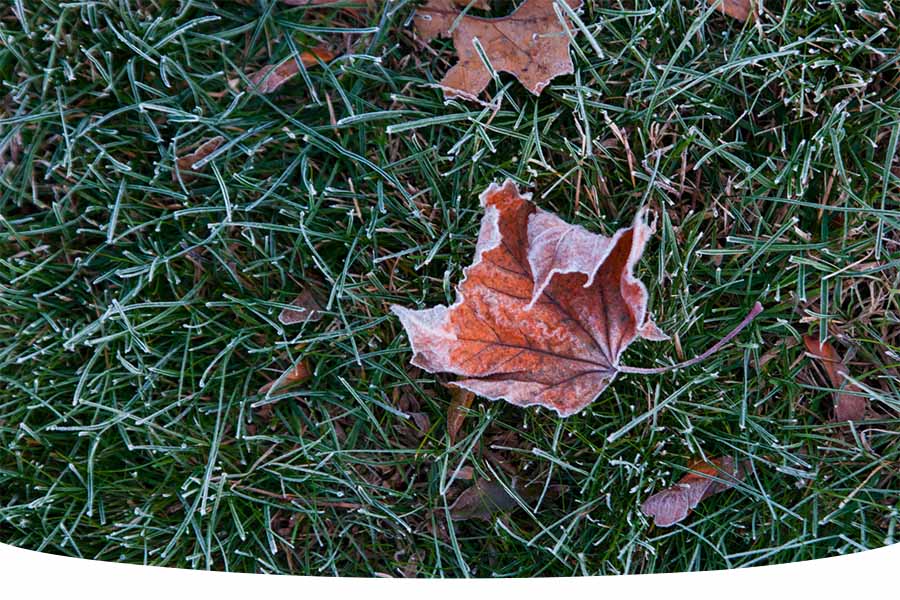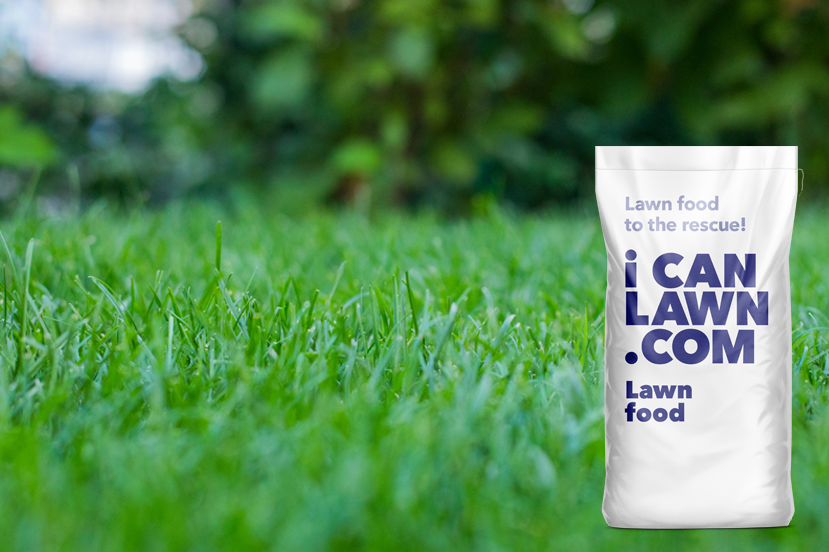Winter lawn care tips
At this time of year, gardening activities begin to wind down. Lawnmowers are tucked away, and gardening gloves have been replaced with your favourite winter woollies. So, keep reading our winter lawn care tips to ensure your garden looks as beautiful in spring as it did after all your hard work in summer and autumn!

Keep your lawn clean and tidy in winter
A tidy house is a happy house…right? The same applies to your garden spaces, particularly your grass. Our first tip for winter lawn care is to take time to tidy away fallen leaves from surrounding trees and shrubbery to avoid a build-up. Not only will your garden look better, but your lawn will thank you for it. Leaves and branches on your lawn can cause fungal growth to form, leaving your lawn patchy.
Care for your lawn mower during winter
Your lawnmower is put to the test during summer and autumn, and giving it some much-needed TLC can quickly fall down the priority list. Part of your winter lawn care routine should be to set some time aside during your winter downtime to repair and service your lawnmower - to ensure it’s in tip-top shape for when spring rolls around.
Get your mower blades sharpened
A quick glance at your mower blades will help you see if they need sharpening. A blunt and dull blade will leave your grass jagged and torn. A simple sharpening of these will ensure your grass gets the finest cut when the mowing season returns.
Do not attempt to sharpen your blades yourself – instead, take them to a professional. While you’re there, it’s also a great time to do a full MOT of your lawnmower, making sure smaller jobs like filling up the oil are complete so that everything is ready to rock once grass growth resumes!
Keep traffic to a minimum
Walking across frosty or wet grounds can cause all sorts of problems you can easily avoid. In the UK, we normally face pretty wet and cold winters, with frost and rain making regular visits. During winter, lawns can become waterlogged due to heavy rain, and it’s important to keep foot traffic to a minimum around those patches to care for your lawn in winter.
Walking over a waterlogged area will force the air out, and when the soil dries up, it will be heavily packed together, which can cause yellowing grass and stunted growth in the summer. The same applies to a frosty lawn. Walking across a lawn with frost can break your grass and cause damage. The damage will take a few weeks to show, but brown patches will pop up soon after, leaving you with a patchy lawn!
Watch out for salt
Gritting salt is one of our most needed items during the winter, and it does a wonderful job on icy paths or walkways. One thing it isn’t good for, though, is our lawns. The salt can damage the lawn you worked so hard to maintain during the previous months. Grass needs moisture to keep in good condition, but when salt comes into contact with it, it can cause dehydration, and your grass will become brittle and eventually wilt and die, resulting in some unattractive patches up and down your lawn.
Stepping back from your sowing, mowing, and feeding can be hard in the winter months, but if you follow our quick tips on how to care for your garden during Winter, we can guarantee that your lawn will be ready for spring!
Some further reading on winter lawn care that your lawn will thank you for over winter:






